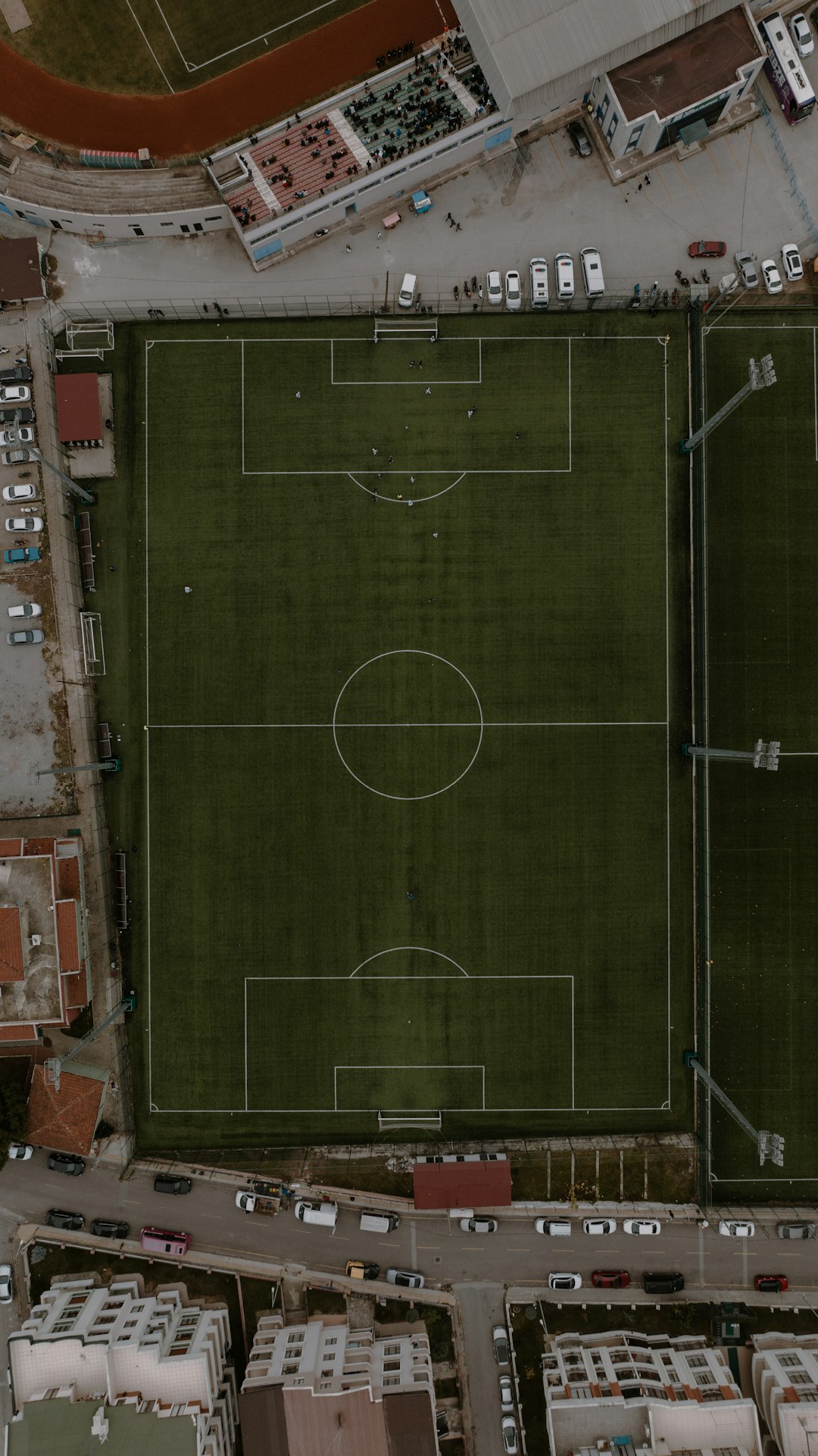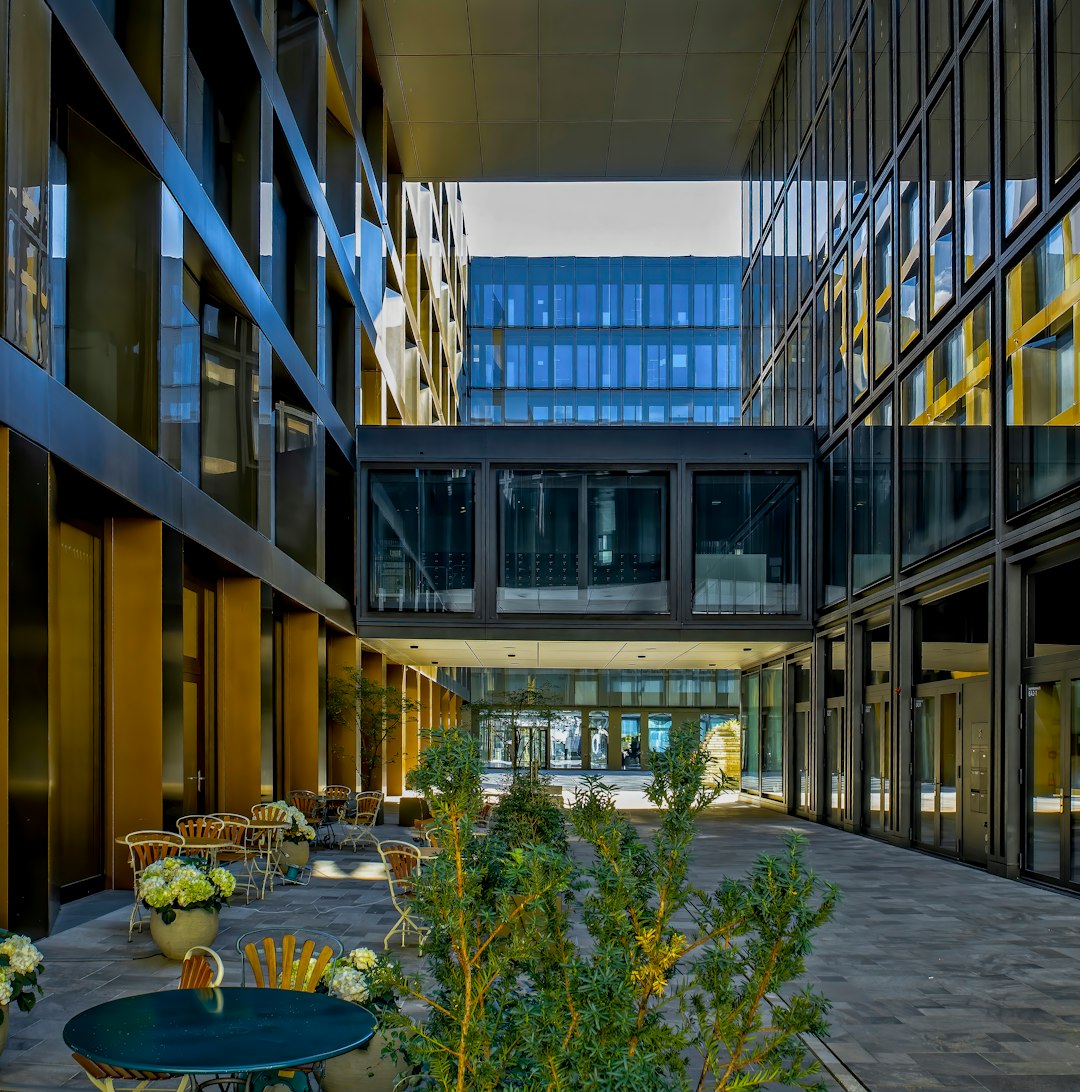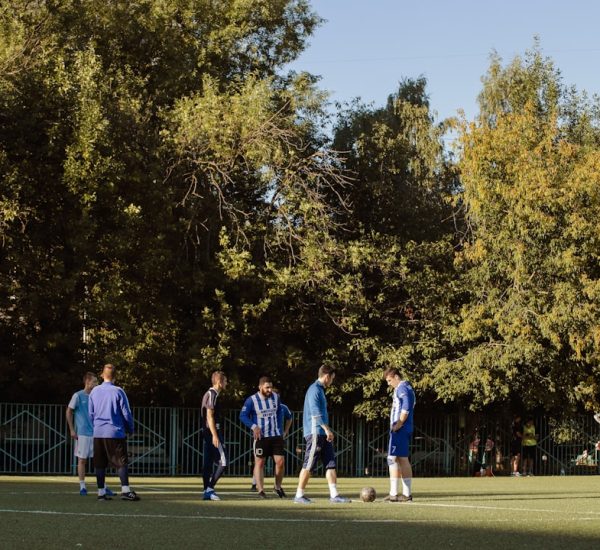Located in Dongguan, China, Huawei’s Lianqiu Lake R&D Campus stands as a striking symbol of innovation, ambition, and scale. Conceived as a global hub for research and development, the campus covers sprawling grounds reminiscent of a European town, designed not only for functionality, but also for aesthetic and environmental harmony. With over 25,000 employees working from this location, it represents one of the largest and most ambitious corporate R&D initiatives in China—and indeed, the world.

This article explores what lies within the Lianqiu Lake R&D Campus: its structure, facilities, operational uniqueness, and how Huawei is leveraging this space in its quest for technological dominance.
Architectural Inspiration and Layout
The architectural language of the Lianqiu Lake R&D Campus is unlike that of any typical tech campus. Where most facilities prioritize efficiency and minimalism, Huawei takes a different approach. The campus is divided into 12 themed areas, each modeled after a distinct European city. You will find mini replicas of places like Paris, Heidelberg, Verona, and Prague. Though at first glance this might seem whimsical, it’s part of a carefully curated ethos focused on inspiring innovation through culture and environment.
The campus spans approximately 1.4 million square meters and is linked by a 7.8-kilometer internal tram system. This is an essential component, as walking from one end to the other would take nearly an hour. The tram itself is designed to mirror vintage European systems, blending functionality with aesthetics. Each themed area hosts different departments and research focuses, allowing for both specialization and cross-functional collaboration.
Key Functional Zones
Inside Huawei’s Lianqiu Lake R&D Campus, one finds a seamless fusion of beauty and technology. Below are the key zones that define this massive complex:
- Core Engineering Labs: These are the heart of the campus, where engineers work on 5G networks, chip development, and next-generation server technologies. Security is tight, and access is limited to individuals with high-level clearance.
- Data Centers: On-site data centers are used to process immense amounts of information for AI modeling and telecommunications simulation. These centers are critical for product testing at scale.
- Advanced Testing Chambers: Specialized buildings are dedicated to hardware testing, including climate simulations, signal interference, and pressure resistance—crucial for developing equipment deployed across diverse environments.
- Eco Zones: Roughly 30% of the land is reserved for ecological preservation. This includes lakes, forest patches, and animal sanctuaries that boost biodiversity and reduce the carbon footprint.
Innovation Through Environment
Huawei firmly believes that the environment in which people work can significantly impact the quality of their output. The European-city-themed districts are not just aesthetic indulgences—they are meant to create a tranquil and open atmosphere that stimulates creativity and out-of-the-box thinking.
Each zone features not only office and lab space but also themed cafes, green areas, and meeting spaces that reflect local architecture from their real-world counterparts. The idea is not just to make employees comfortable, but to create environments that subtly influence psychological well-being and offer a break from sterile, cubicle-based arrangements.

Education and Knowledge Sharing
In addition to functioning as an R&D site, the campus also houses internal training and academic facilities. An on-site university provides continuous learning opportunities in fields ranging from quantum computing to international business strategies. From entry-level engineers to senior executives, many employees participate in structured learning programs throughout the year.
Collaborations with top universities and research institutions—both domestic and international—have allowed Huawei to inject global thinking into its development pipelines. Dedicated auditoriums and hallways for idea exhibitions enhance the campus’s educational ecosystem. Cross-departmental exchanges are not only encouraged but also systematically tracked to evaluate collaborative success.
Security and Confidentiality
Given Huawei’s involvement in geopolitically sensitive sectors like telecommunications infrastructure and semiconductors, security is a paramount concern. The Lianqiu Lake campus is protected by multi-tiered authentication systems. Surveillance, biometrics, and restricted zones help ensure that intellectual property is guarded at all times.
Employees are required to follow stringent NDA guidelines, and mobile devices are prohibited in specific areas. Wireless signals are monitored closely for anomalies, and internal networks operate on isolated infrastructures that are not accessible from more public Huawei domains. These protocols underscore Huawei’s understanding of the importance of safeguarding its technology and maintaining trust in a global marketplace often dominated by suspicion.
Sustainability and Technological Integration
The Lianqiu Lake R&D Campus operates not only as a technological hub but also as a case study in smart city planning. Huawei has integrated many of its own technologies—like smart lighting, energy management platforms, and AI-driven HVAC systems—within campus operations. Solar panels, rainwater recovery systems, and AI-optimized waste management enable a significant reduction in environmental footprint.
This eco-forward mentality presents a dual purpose: improving employee morale and serving as an operational showcase for Huawei’s enterprise solution customers. In essence, the company uses its own campus as a proving ground for the products and platforms it offers to global clients.
Impact on Global Technology Landscape
Huawei’s investments in the Lianqiu Lake R&D Campus have broader implications. In a world where technological leadership has shifted from isolated innovation to integrated ecosystems, having a facility where thousands of engineers, developers, and scientists work closely together can make a significant difference.
The proximity of disciplines—hardware engineering, software development, AI research, and manufacturing test design—enhances speed-to-market and synergy. This strategic co-location helps fast-track projects that would otherwise require months or years of inter-departmental handoffs. It also puts Huawei on a stronger footing in international competition, especially in key areas like 6G and advanced semiconductor design.
Future Prospects
As Huawei expands its footprint into sectors like electric vehicles, digital ecosystems, and enterprise cloud solutions, the Lianqiu Lake R&D Campus will play an increasingly central role. Plans are already underway to expand several core labs and add two more international-themed districts within the next decade.
Moreover, Huawei has announced initiatives to open sections of the campus for limited academic visitation and guided educational tours. This signals a more open-facing policy and a willingness to shape public perception through transparency and outreach.
One of the most ambitious corporate campuses in the world today, Lianqiu Lake offers a glimpse not only into Huawei’s technological strategy but also into the way the company views the future: integrated, intelligent, and increasingly global in its aspirations. The blend of art, architecture, science, and engineering at this site is more than symbolic—it’s foundational to the next phase of Huawei’s evolution.

While questions around Huawei’s position on the global stage persist, the capabilities embodied within the Lianqiu Lake R&D Campus affirm that the company remains a force to be reckoned with—determined, well-resourced, and focused on long-term technological empowerment.



